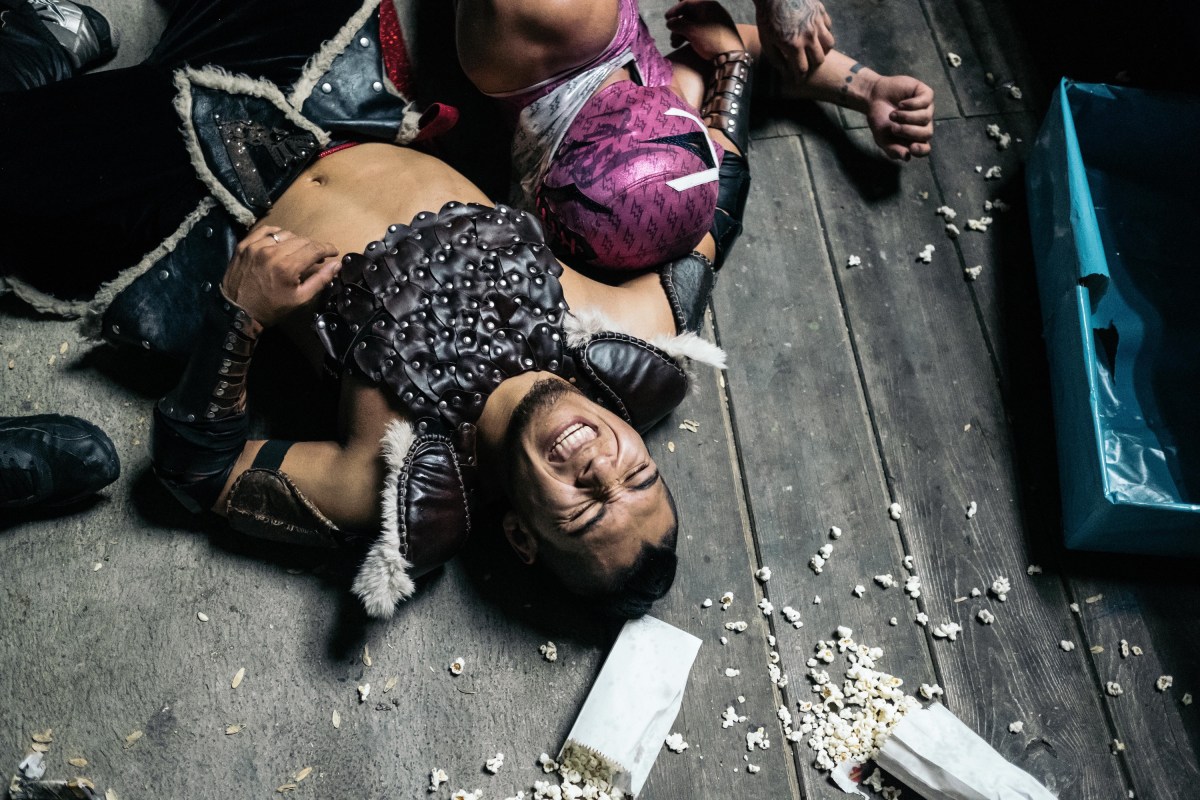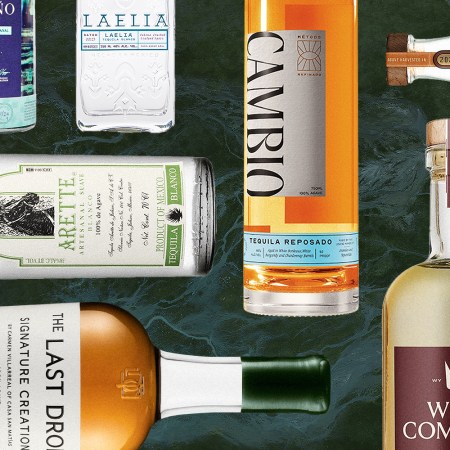The irony is that Broderick Shepherd doesn’t really care about Australia. I mean, he does a little, because it’s where he’s from. But he hasn’t been back in years.
At 27, Shepherd is nearing a decade living in Mexico City, a place he calls — totally and completely — “home.” But the people in the seats around the ring don’t really know this. They don’t know that he left Australia at 19 to pursue his dream of being a full-time professional wrestler, fighting in the Mexican luchador style he grew up obsessed with. They don’t know that he hated the first iteration of his character, Australian Suicide, who wore the country’s flag and was one of the good guys — what we call a “face” in the United States but Mexicans refer to as a técnico. They don’t know any of this. All they know is that when Shepherd screams “Viva Australiiiaaaaaaa” at the top of his lungs, they hate him, and they want to see him in pain.
Preferably at the hands of a Mexican fighter.
“As a foreigner, it’s easier to make them hate you than it is to make them love you,” Shepherd says over tacos and Modelos ahead of a match in Pachuca, an hour north of Mexico City. And yet, when we arrive there, it takes more than a few minutes for Shepherd to even get into the arena with all the selfies he has to take and autographs he has to sign. The kids are smiling wide as he smiles with them. But Shepherd isn’t the only wrestler who lives this life of love-hate duality. All the bad guys — the rudos — know this strange combination of hate and love. But for foreigners like Shepherd, it’s perhaps a little more pronounced.
At least he’s not alone.
Across Mexico and especially in its capital city, foreign fighters have been working for decades, as far back as the early days of lucha libre. Like Shepherd, they came and continue to come from all over the world to make their play for lucha stardom, sometimes more successfully than others. What you must understand is that these men and women have a dream. For them, lucha is not just a job or a sport or entertainment, but a life. And to preserve that life, they had to come here.
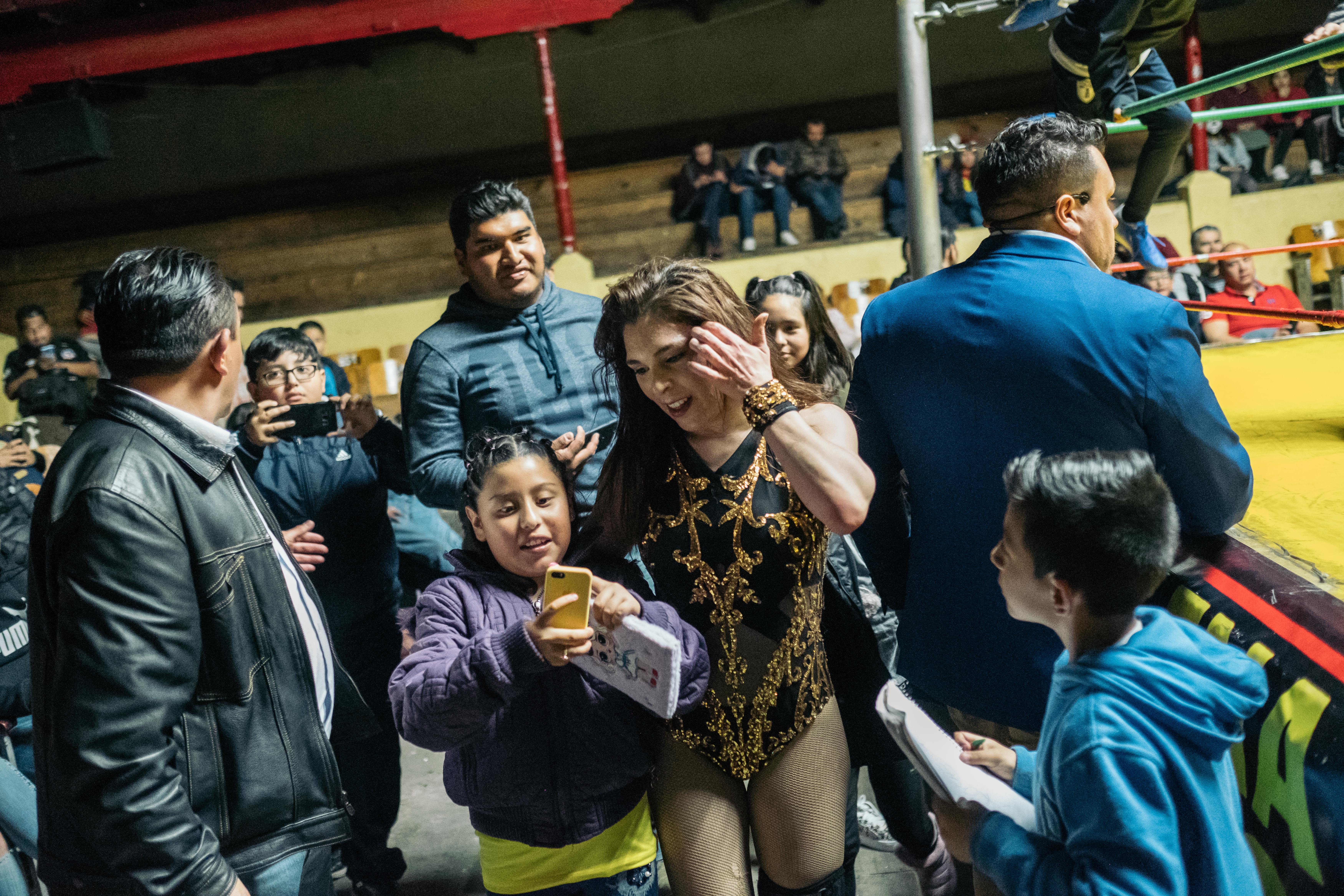
Jerome Mota is a relatively new addition to the scene despite his age. At 38, Mota — who fights as “Gallo Francés,” the French Rooster (or cock, depending on your translation) — knows this is his last chance at lucha stardom. For the last two decades he has traveled back and forth between Mexico and his native France, fighting in both countries and working a day job in his homeland. Usually factory work, he says — the types of jobs that break down not just your body but your spirit. He wrestled as often as he could, but incompetent promoters who never advertised the fights outside of the towns in which they were held doomed the sport to its small fanbase. This meant less work for Mota and more days at the factory.
But Mexico is different. Much different.
Before the Covid-19 pandemic changed daily life across the globe, there were fights virtually every day of the week. (As Mexico joins the world in quarantine efforts, Shepherd says he’s staying in shape by lifting bags of bottled water. Plus, the break from wrestling several times a week has given him a chance to “heal up a bit for the first time ever.”) In small arenas and markets across Mexico City, independent fighters and promoters put on shows for the poor and working class. In the larger arenas run by Consejo Mundial de Lucha Libre, the ticket prices and beers are a little more expensive and you’re more likely to see tourists learning what “ayyyyyyyyyyy puto” means (a politically incorrect slur for a gay person meant to signal inferiority in its target). Regardless of where you land — the major leagues of Consejo Mundial (CMLL) or Triple AAA, another highly organized promotion, or the minors of street fighting and small, damp arenas — there is much work for a luchador. Some people are content with the independent leagues. But others have their eyes on the big leagues, like CMLL.
At CMLL’s marquee venue, Arena Mexico, fighters are treated to a highly polished production, with massive TV screens, flawless lighting, intro videos and songs and of course the scantily dressed edecanes, the ring girls who dance on the runway as luchas make their way to the ring. In addition to being part of the biggest lucha show in town, the pay and benefits are better. Plus, popular fighters can spend their entire careers in the relative security of CMLL and Triple AAA — several wrestlers still work regularly in their fifties and sixties.
This is where Mota wants to end up. And he has a plan. Currently he’s committed to the Gallo Francés character, his hair cut into a mohawk with an occasional feathered costume. He’s a good rudo: the people hate him very nicely. But it’s not enough for Mota. His next character will look even further down his nose at his opponents than Gallo Francés currently does.
Mota plans to disparage his opponents while dressed as a colonizing French aristocrat with a Mexican boy servant who sprays perfume on his lord’s opponents, the unwashed and disgusting brutes that they are. (If this seems crazy offensive, keep in mind that until recently there was a rudo CMLL whose main schtick was being a Donald Trump supporter, with the explicit backing of the league.)
Mota hasn’t chosen a name yet, but over tacos in his Lindavista neighborhood on the city’s north side, we agreed that Marquis du la Guillotine would certainly work, although Mota had some suggestions that he ripped off so quickly and in such thick French that I dare not try to replicate them here.
“I want it to be very difficult for people to pronounce so when people yell my name and tell me they hate me I can correct them on the pronunciation and they’ll hate me more,” he says. Plus, when the announcer inevitably mispronounces his name, the servant — the valet — will attack or harass the announcer for being so rude to his master. The valet is a young man whom Mota met in training. He suffered an injury, preventing him from becoming a fighter, so Mota is “helping him to live his dream, just in a different way.”
Mota believes this new character will be enough to boost him into the ranks of CMLL. When he left France to try to make it here, the Mexican government required him to buy a return flight in case he couldn’t find full-time work. That was five months ago and he has one month to go. He left France with the goal of throwing the ticket away and now anticipates it will happen.
“I think I will make it this time — finally.”
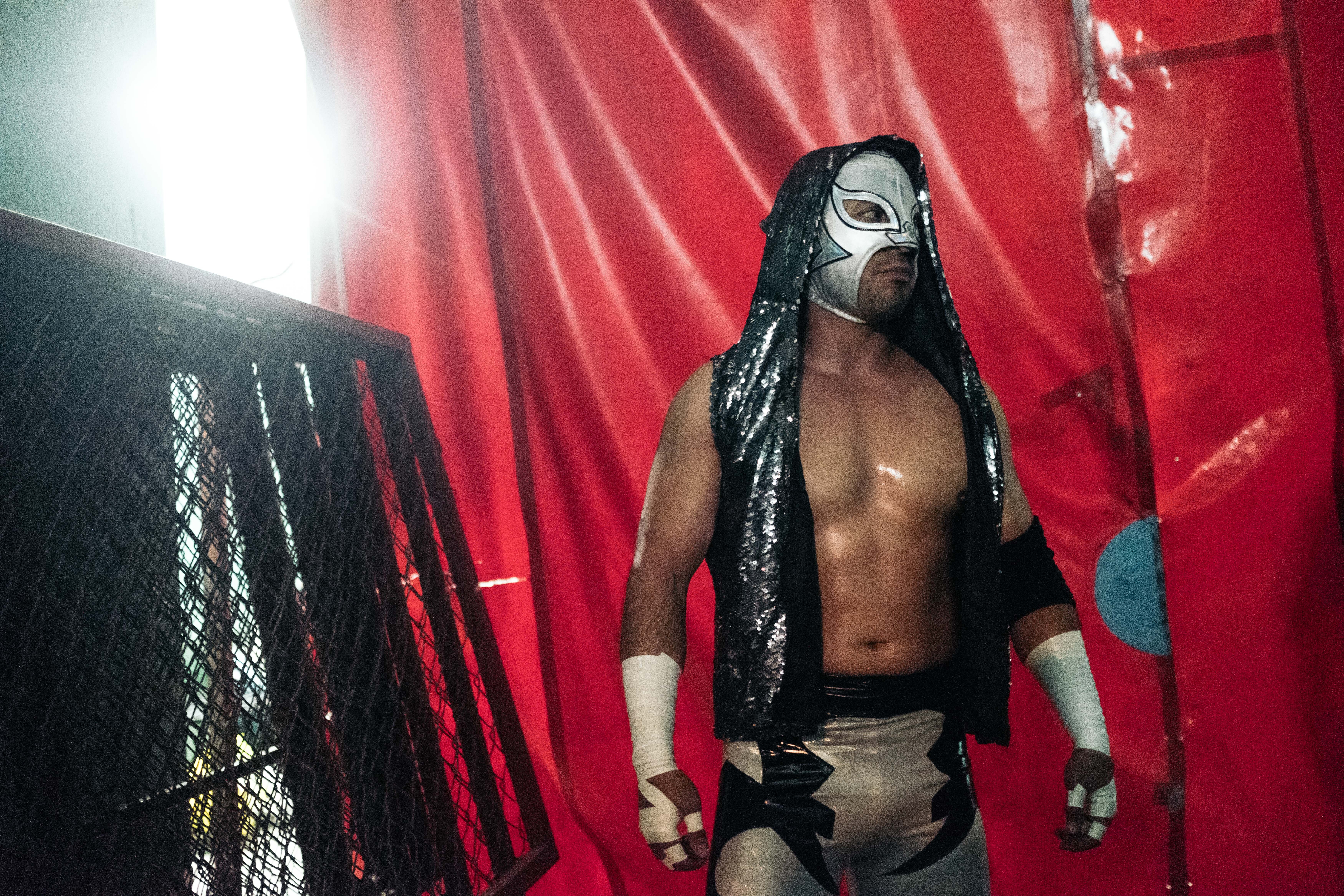
While Mota yearns for the big time, another foreign fighter has already been there. Now he’s happy to continue fighting in small promotions, many of which he organizes himself, as well as creating masks, costumes and boots in his small workshop. Plus, there are the lucha tattoos he does in the room next door. He is Veneno, a Panamanian-born fighter named Rafeal Ernesto Medina Baeza who has been in this world for three decades now. Over whiskey sodas and Marlboro Reds after a match on an unseasonably hot afternoon in a dusty, crowded market, I asked Veneno how many fighting years he had left.
“Twenty,” he said without missing a beat. Veneno says he’ll still be fighting when he’s 72. Looking into his intense eyes above a still-chiseled frame, it’s hard not to believe him.
But Veneno’s a good guy, a técnico. It might be a little easier for him to thrive in this role because of his Latin heritage. Mota and Shepherd, meanwhile, are far too obviously white to be anything other than rudos. “I was born a rudo,” Mota says.
Funny, because a few days before, Shepherd told me the exact same thing.
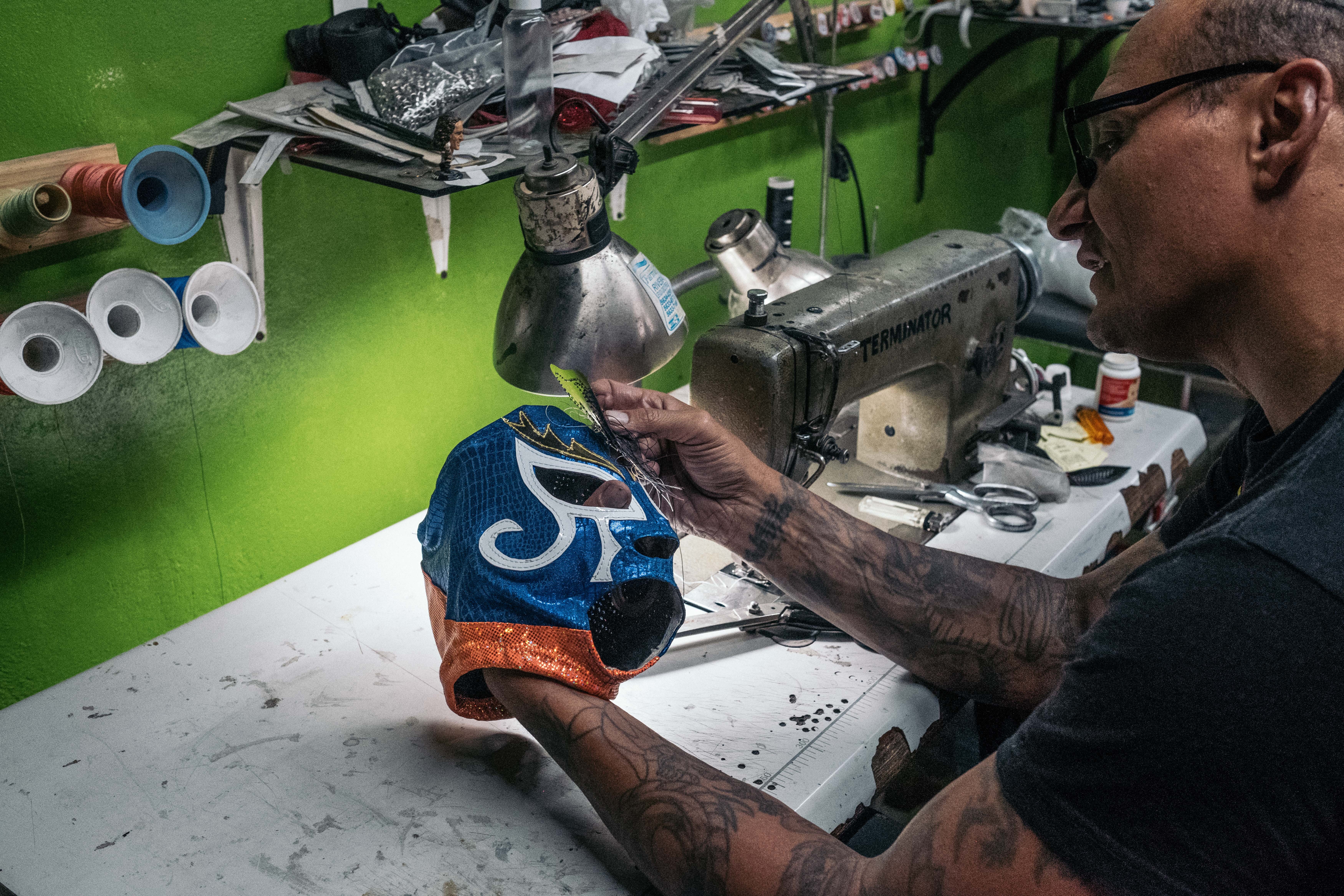
Shepherd grew up “chubby” and a “loser” who didn’t have much of a life outside of “playing Playstation and watching Star Wars,” he says. So when the wrestling bug bit, his mother embraced it, encouraging Shepherd to get into a gym and start learning the craft. At first he was just cleaning up after other wrestlers, but in his early teens he began training. Now, he’s a full-time luchador fighting three or four times a week at arenas and markets across this massive, growling city.
Each time he enters the ring, he sets out to make lucha fans hate him, and he accomplishes that goal easily and with great flair. But this didn’t happen overnight. You see, Shepherd is a man of his own creation.
In Australia he was Ryan Rollins, a suave sex symbol who wanted to bring fashion into the festivities. Shepherd created the “Lady Gaga of wrestling,” he says, in Rollins. Realizing he needed to be in Mexico to pull off the high-flying, Tony Hawk-of-wrestling style he preferred, Shepherd saved up $4,000 and moved to Mexico in 2013. At age 19. Without speaking Spanish.
Here, the promoters he was working with didn’t understand his Rollins character and offered some suggestions: “Captain Australia” and “Suicide Mask” among them. Shepherd combined the two, donned his country’s flag and wore a mask. But he quickly grew bored with the character because he was a técnico, the wrestler you’re supposed to love.
Then, three years ago, a fighter named Daga ripped off Shepherd’s mask in a fight, ending his future as a masked fighter. This exposed Australian Suicide for who he really is — an anti-hero who only want to hurt people, to take the pain of life out on his opponents. Then came the fully realized Australian Suicide, a narcissist, masochist and nihilist who feeds off the anger of the crowd for his own sick delight.
When a trio of young men in the crowd in Pachuca harass him, Shepherd challenges them to do their worst. “I kill people,” he tells them, then flashes a bit of ass to show his disdain for his tormentors. A few minutes later he pets a puppy in the arms of a young girl who’s grinning for pictures with her friends.
Shepherd is the anti-lucha. His character works because it’s totally unique. Anyone can be a bad guy because they’re bad, because they’re named Terrible or have crazy eyes or taunt the crowd. But Suicide taunts lucha itself. He makes fun of the people in the crowd who take it seriously and whose buttons are easy to push. (It’s easy to find these guys, Shepherd says, because they have their mask sitting on top of their head, are blowing an annoying-as-hell plastic horn and have a beer in each hand.) Shepherd — well, Suicide — tells them they’re fat losers because they’re obsessed with wrestling but all the wrestlers they like are dorks and wimps. He’s an emo-bully with rockstar hair, eyeliner and a simple costume of boots, tights, no shirt and fuck you emanating from his every facial expression.
But he’s also a guy who really just wants to chill at home with his girlfriend, the Puerto Rican luchadora Vanilla Vargas (real name Jenyvalice Vargas Torres), and their two cats while eating American fast food. There’s another duality that Shepherd and Vargas live, one which requires her to constantly answer questions via Instagram Story to her 44,000 followers: they’re both introverts whose profession requires them to be extroverts.
“Aren’t we all?” Shepherd asks.
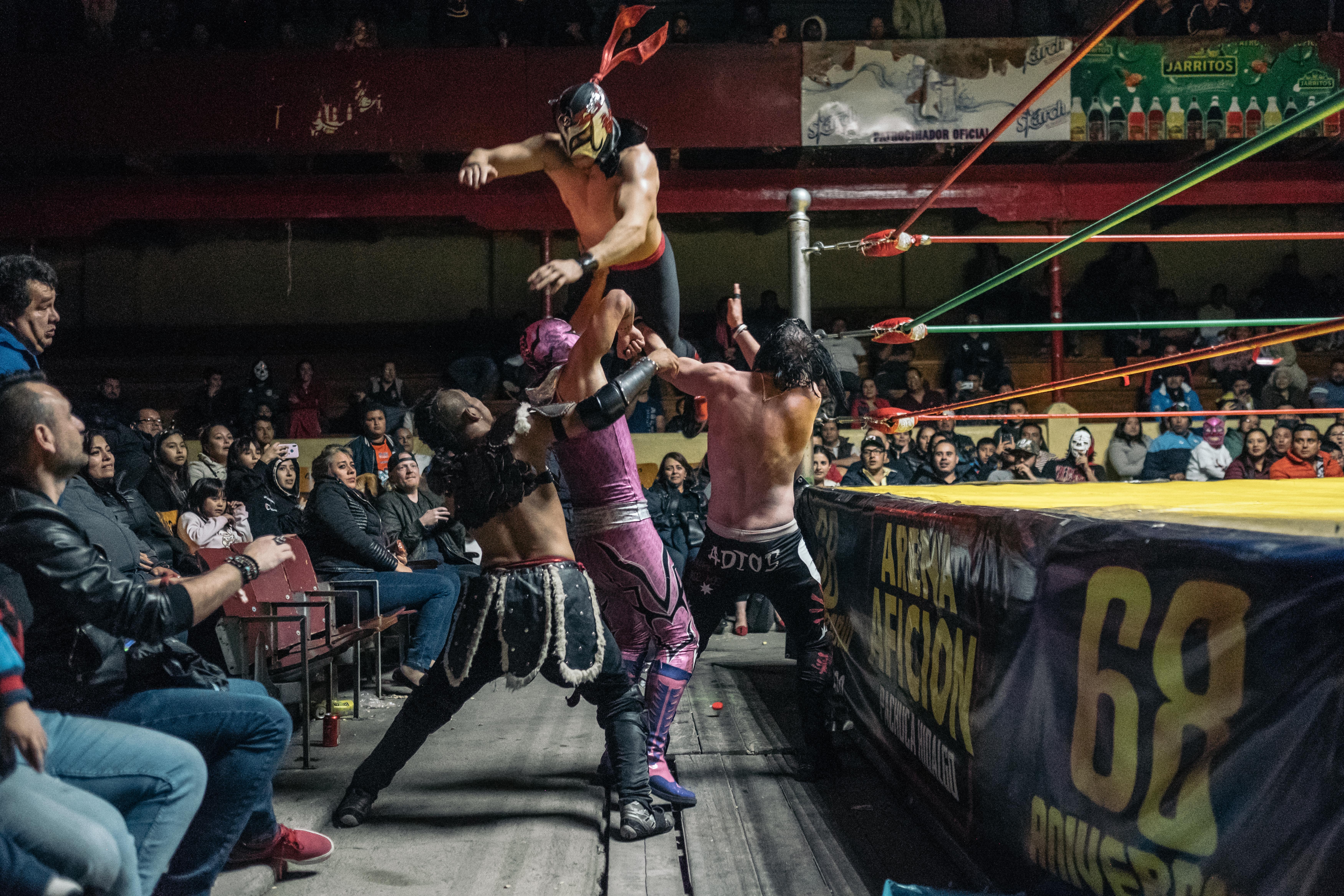
There’s a scene in The Wrestler, Darren Aronofsky’s 2008 film about a dying New Jersey fighter named Randy “The Ram” Robinson, that comes to mind when considering Shepherd, Vargas, Mota and many of the foreign rudos of Mexico. Marissa Tomei’s character remembers a line from the Passion of the Christ, a quote that can be found in all manner of text about the supposed Son of God.
“He was pierced for our transgressions, He was crushed for our iniquities. The punishment that brought us peace was upon Him, and by His wounds we were healed.”
In the world of foreign luchadores, this sacrifice is only intensified: their pain is penance for the ravages of colonialism on the Mexican people for, oh, a few thousand years. They fight — and lose — not just for their own love of lucha, but because it’s what’s required of them.
It must feel something like the feeling I had walking into an empty hotel room after a day on the road with Shepherd and a night in the arena in Pachuca. Just overwhelming silence.
This is the life of the luchador, and it is both beautiful and brutal. For the foreigners who perform in Mexico’s tireless lucha libre leagues, that duality is only intensified. While all luchadores sacrifice themselves for their art, fighters like Mota, Shepherd and Vargas know they exist only to be sacrificed.
The Charge will help you move better, think clearer and stay in the game longer. Subscribe to our wellness newsletter today.
